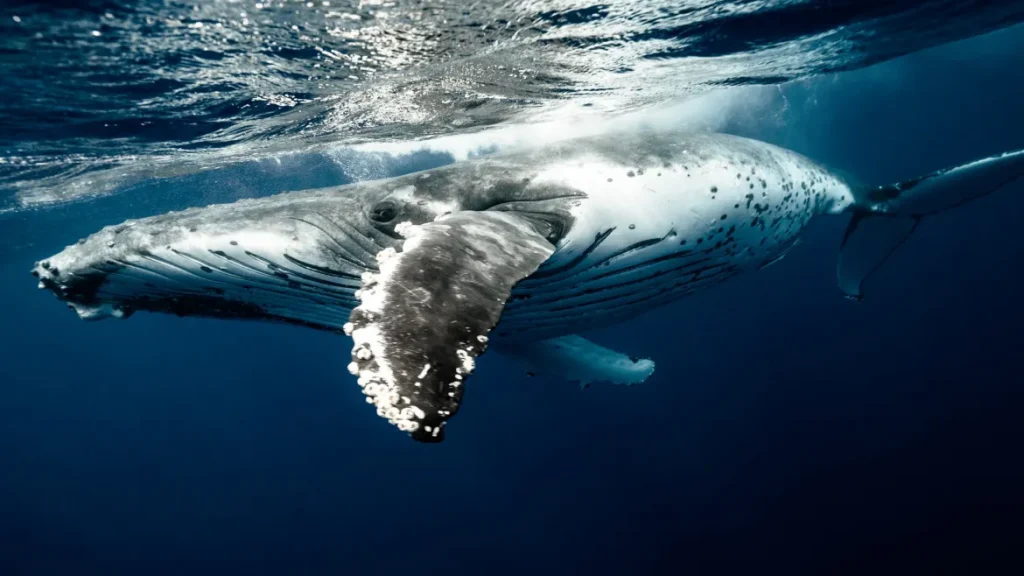
Gray whales
The Gray Whale (Eschrichtius robustus) is a baleen whale species that inhabits the coastal waters of the North Pacific Ocean. They are known for their distinctive mottled gray skin and bumpy appearance, which is caused by barnacles and other marine organisms that attach to their skin.
Gray whales are one of the largest mammals on earth, reaching lengths of up to 14.9 meters (49 feet) and weighing up to 36 tonnes (40 tons). They have a hump-shaped dorsal fin and no teeth, but instead have baleen plates that they use to filter small organisms, such as krill and small fish, from the water.
Gray whales are known for their long migrations, which can cover over 20,000 kilometers (12,400 miles) each year. They breed in the shallow lagoons of Baja California, Mexico, and then travel north to their feeding grounds in the Arctic waters of Alaska and Siberia.
Gray whales are considered a critically endangered species due to commercial whaling in the past and ongoing threats such as entanglement in fishing gear, pollution, and climate change. However, conservation efforts have helped to stabilize their populations in recent years.
